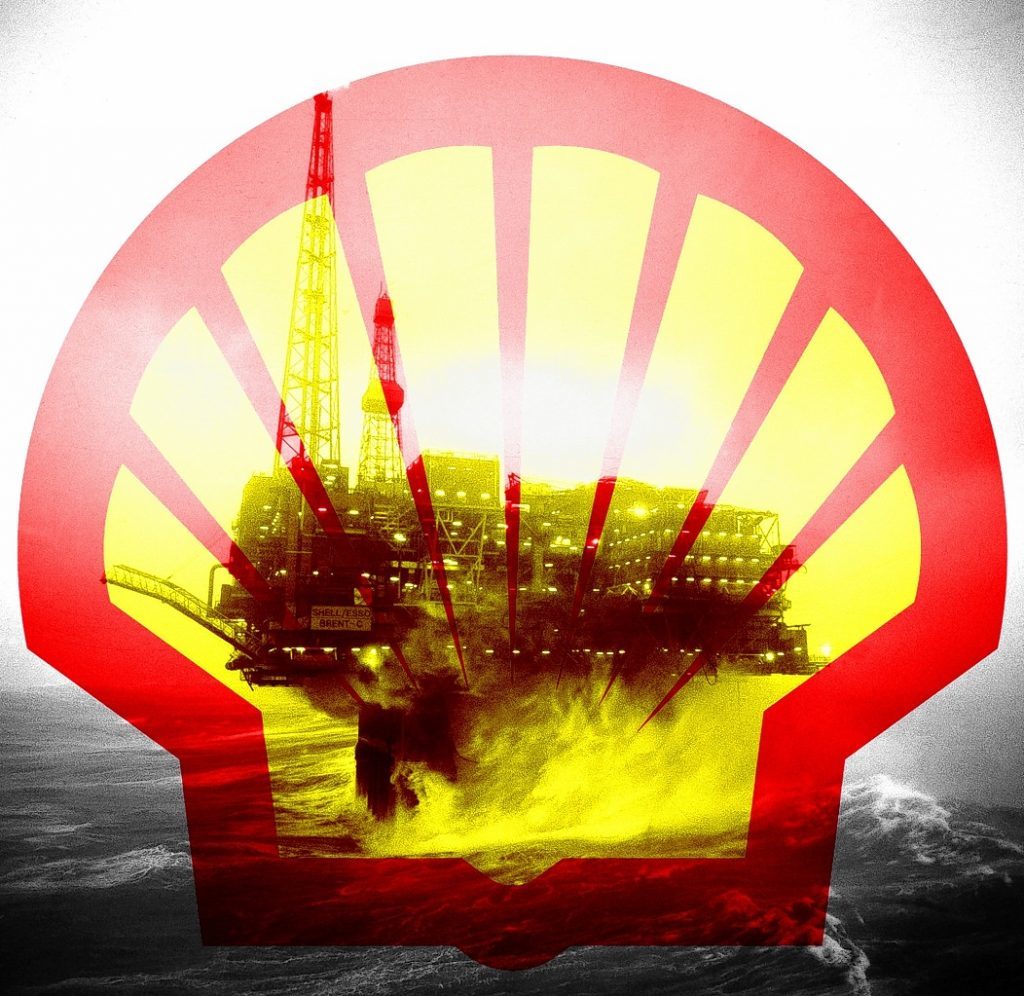
Shell will cash in about $10billion raised from divestments from now until the end of the year, an analyst said today.
Biraj Borkhataria of RBC Capital Markets said the influx should go towards reducing the oil major’s debts and act as a clear catalyst for outperformance.
The Anglo-Dutch energy giant’s net debt currently stands about $72billion and Shell wants to shave off about $20billion to reduce gearing − the level of a company’s debt related to its equity capital − to around 20%.
Shell is in the midst of a push to sell $30billion worth of assets between 2016 and 2018 to rebalance its books following its takeover of BG Group.
The firm is thought to have announced more than $20billion worth of deals so far.
More: Interactive map of Shell’s divestment programme
Mr Borkhataria also said Shell’s cash flow generation potential was underappreciated by investors, and that he expects more consistent delivery over the next few years.
He based his forecast on four factors: the delivery of new growth volumes at Shell, prospects for reduced debts, consistent organic dividend coverage, and the removal of the scrip dividend.
Shell expects to deliver more than 1million extra barrels of oil equivalent per day from key projects, including assets in Brazil acquired through BG, and conventional projects such as Kashagan in the Caspian Sea and Schiehallion, west of Shetland.
These projects should add $10billion worth of cash flow from operations over time and help Shell de-lever and cover its dividend.
Shell also thinks it has room to reduce operating expenditure to less than $40billion in 2017.
RBC believes Shell could target $35billion opex for 2018, and may look to update its guidance at its 2Q results presentation.
Furthermore, Shell is well positioned to take advantage of growing demand for LNG.
Shell has by far the largest LNG portfolio among the integrated oils and expects an LNG supply gap to emerge in the 2020s.
Recommended for you

